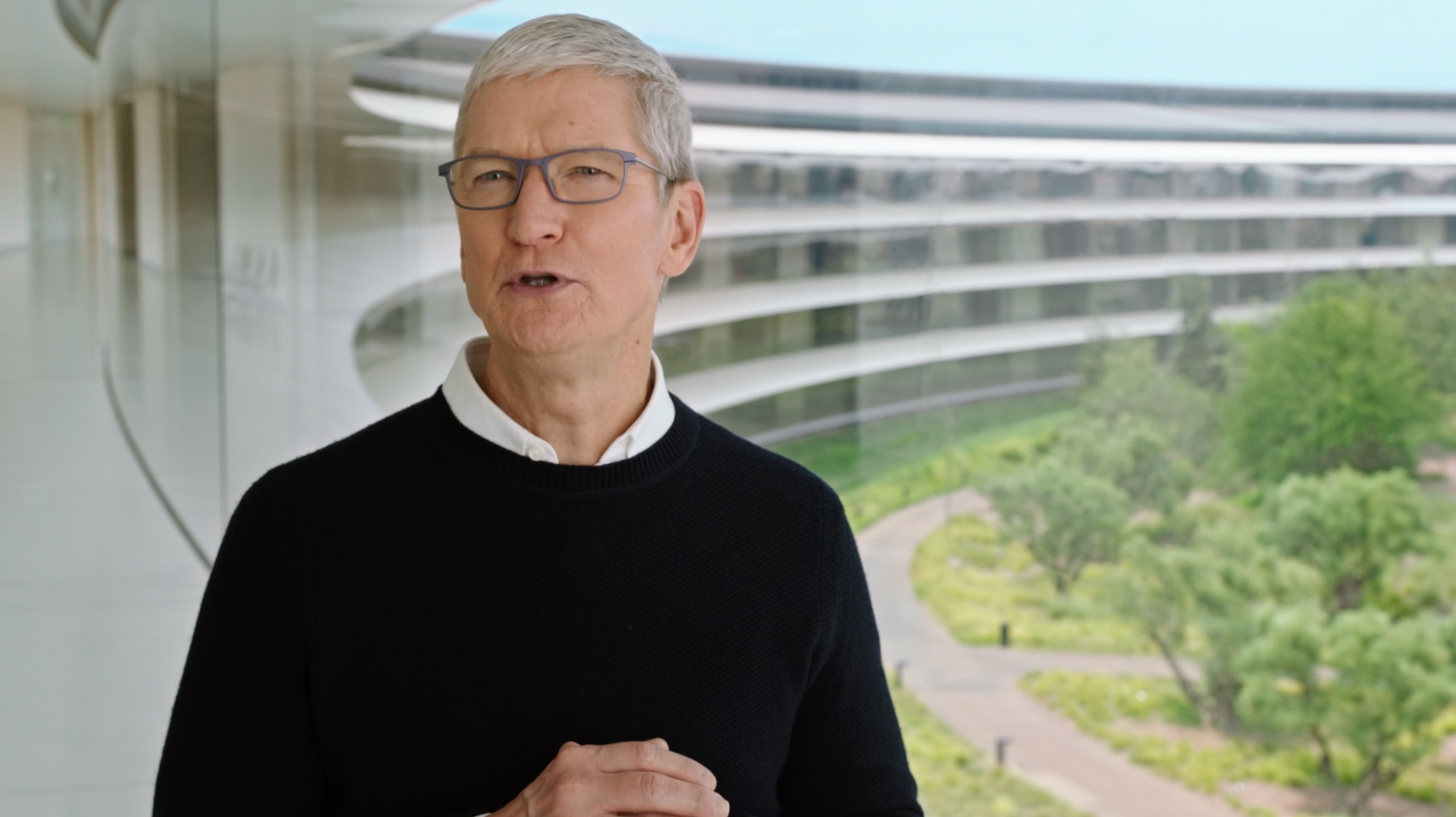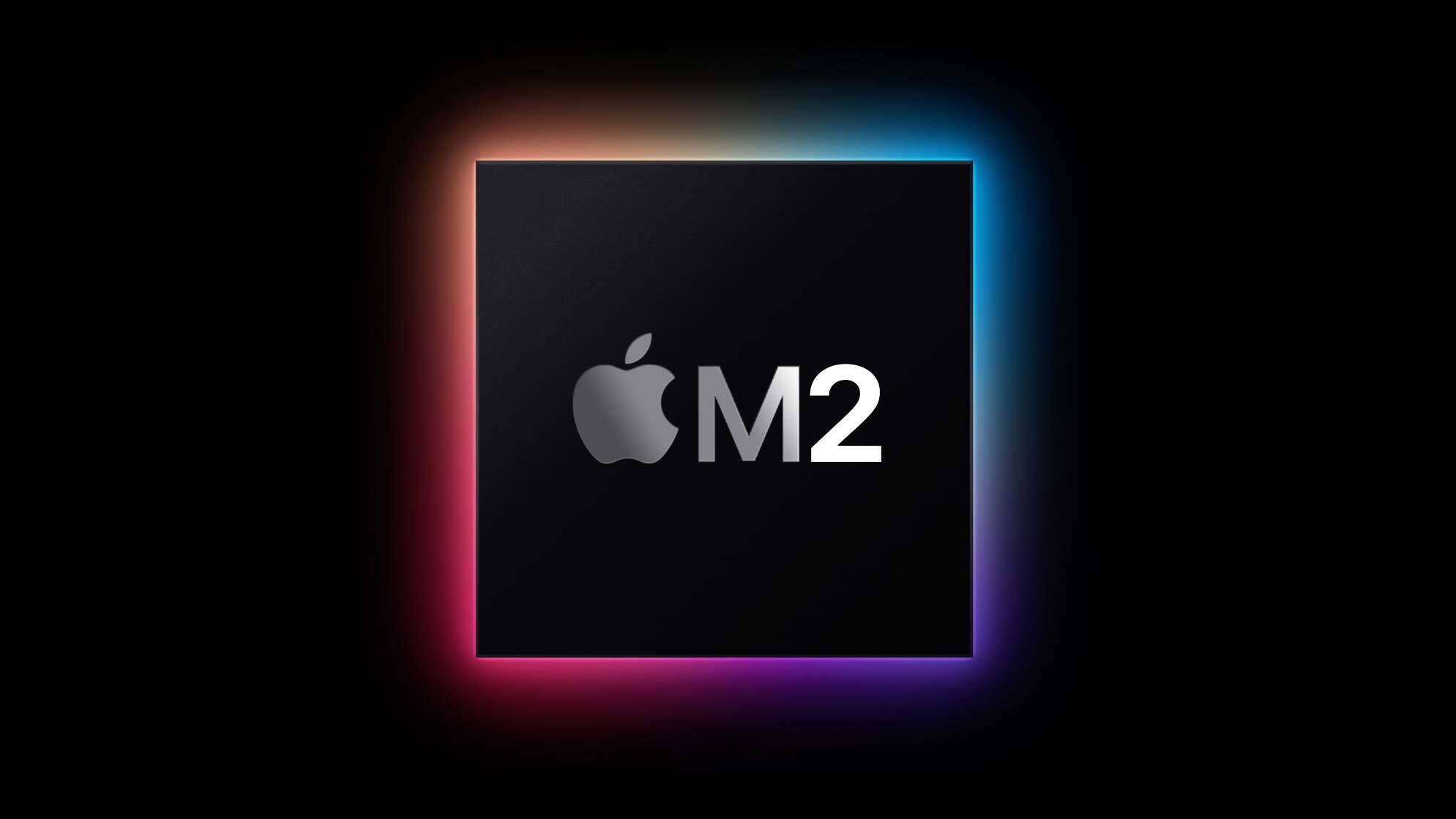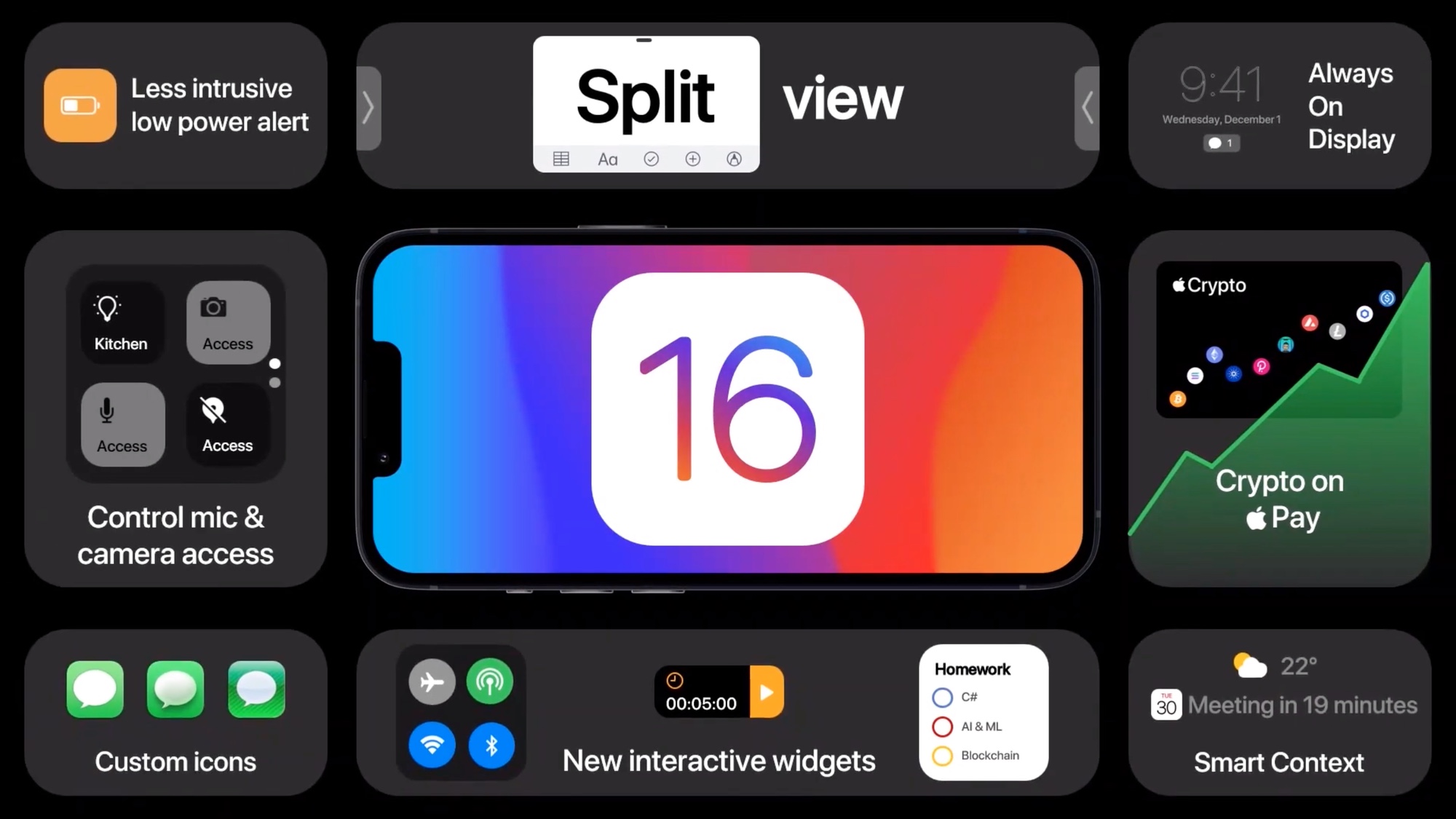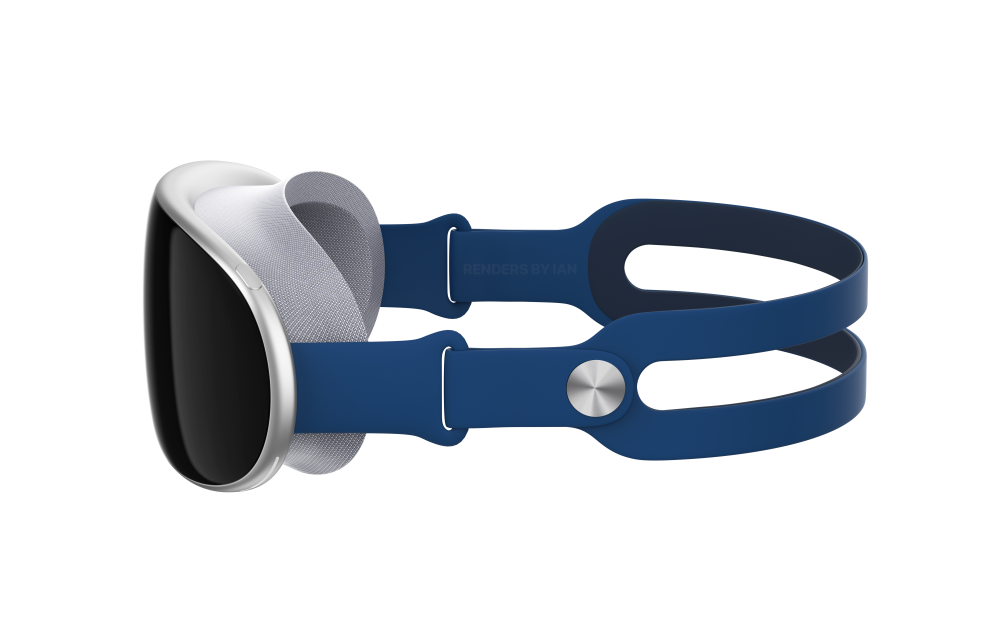WWDC 2022 — 6 big Apple announcements I want to see
From new Apple silicon to iPhone and Apple watch features, my WWDC wish list is long

If you own anything built by Apple, the annual Worldwide Developers Conference usually turns out to be one of the more interesting events of the year. This is when the company lays all of its cards out on the table, revealing what changes are coming to the multiple software platforms it's built. That means new features for everything from your iPhone and iPad to your Apple Watch and MacBook.
WWDC 2022 figures to be no different, with Apple slated to give updates on all its software — iOS, iPadOS, watchOS, macOS and tvOS. There could be new software joining the mix — realityOS, which would power any AR/VR gear Apple plans on developing. And though the focus at WWDC skews more toward software than hardware, Apple could use the occasion to introduce an updated McBook Air.
We'll find out soon enough, as WWDC 2022 begins later today (Monday, June 6). An opening keynote highlights the first day, as Apple executives will take to the stage to detail all the software changes coming later this year and perhaps reveal a few more surprises. You can use our guide on how to watch the WWDC live stream to make sure you don't miss a thing, and also follow our WWDC 2022 live blog for all the big announcements from Apple's event.
But forget about all the things Apple could announce at WWDC, and lets' focus instead on what should be on the company's agenda. Here are the six things I'd like to see happening onstage at this year's Apple event.
The M2 Chip
It's widely anticipated that Apple's going to show off a MacBook Air 2022, and that's good news for everyone who wants a laptop, given Apple's recent efforts at improving its lineup. But the part of a potential MacBook Air announcement that's piqued my interest is what chipset Apple's going to use to power the machine.

Specifically, MacBook Air 2022 rumors tip the new laptop to feature an Apple M2 chip, a change from the M1 powering the current model. If true, that means WWDC gives us a chance to see the next step in the Mac's move toward Apple silicon.
The story of the M2 chipset doesn't figure to be raw power like it was with the M1 Pro and M1 Max silicon introduced by Apple last year. Indeed, initial reports suggest the M2 won't be that much more powerful than the M1. The question is, will the M2 bring something else to the table, such as better power efficiency? That might translate to improved battery life, which would certainly be welcome for any laptop.
Get instant access to breaking news, the hottest reviews, great deals and helpful tips.
There's some speculation that supply constraints could push back any advances in Apple silicon to next year. What Apple shows off at WWDC could tell the tale.
An always-on display for the iPhone
I think the iPhone enjoys a lot of advantages over Android devices — more seamless software support. a more compelling App Store, better performance — but there's one area where Android clearly wins out. Android phones feature always-on displays, iPhones do not. And that makes Android devices more useful when you just need to get a quick glance at the time, weather conditions or upcoming appointments.

That could be about to change, as recent rumors suggest an always-on display is headed toward the iPhone 14 Pro models in the fall. There's no way Apple confirms that at WWDC since the iPhone launch is months away. But Apple could announce a feature in its iOS 16 preview that lays the groundwork for always-on displays.
That rumored feature involves changes to the iPhone lock screen. Specifically, iOS 16 is expected to include new lock screen wall papers that feature widgets. In other words, from the lock screen, you'll see more glanceable information than just the time and whatever notifications have recently rolled in.
Should Apple add that capability in iOS 16, it's unlikely to keep that newfound info hidden until you raise your iPhone to wake it. The arrival of lock screen widgets could signal the advent of always-on displays, one of the ways that WWDC could offer us hints about what's coming to the iPhone 14 in the fall.
Multitasking improvements in iPadOS 16
"Your next computer is not a computer," Apple has said in ads promoting the iPad, the idea being that the tablet is powerful enough to handle tasks you'd normally perform on a less portable device. If rumors about the next version of iPadOS are true, Apple plans on taking further steps to make sure your next computer will be more like a computer — even if it's still a tablet.
Specifically, rumors are tipping to the iPad to gain more multitasking features with iPadOS 16. There's the possibility the software update could introduce resizable windows that mimic the experience of running multiple applications at once on your computer. The end result should make it easier to tell which apps you have open, and jumping between those apps should be easier as well.

Last year's iPadOS 15 update included multitasking features as well, specifically new menu buttons that made it easier to do things like trigger split-screen mode. So Apple clearly sees multitasking as an essential part of the iPad's ongoing evolution.
More reasonable workout motivation in watchOS 9
I'm not an Apple Watch user, but my wife sure is. And while the gamification features to keep her exercising, moving and standing have certainly helped her stick to a fitness routine — heaven forfend that a day goes by in which activity rings are not closed — Apple also goes a little bit overboard with the constant urging that comes from its Activity app.

I've written about over-aggressive Apple Watch prompts previously, but not every day needs to feature workouts that are just as intensive — if not more so — than the day before. Rest days are a part of any fitness regimen, but that's a concept foreign to the Apple Watch, where every day is leg day.
watchOS 9 rumors tend to stick to fitness and health tracking possibilities, but if there's one thing I wish Apple would add to its smartwatches, it would be exercise prompts that are smarter and better geared toward individual fitness goals. It would fulfill the Apple Watch's objective of being an essential health accessory and cut down on a lot of the arguments with the agro fitness coach who apparently lives in a device on my wife's wrist.
Better multi-account management in tvOS
While we're talking about changes that would improve my home life, let's turn our focus to tvOS, the software that powers the Apple TV set-top box. The current iteration of tvOS supports multiple Apple accounts, so that my wife and I can easily switch between our accounts when we want to access something in our respective libraries. That's good!
What's not so good is what happens to the Up Next section in the Watch Now tab of the TV app. I find that particular section to be a helpful way to jump back into shows I'm binging or movies I've had to pause, but since it's tied to whatever Apple account is active on our Apple TV, the list of upcoming shows changes.
What I'd like to see happen is that tvOS 16 recognizes that the Apple accounts for both me and my wife are stored on the Apple TV and that the Up Next screen reflects the programming both of us are watching. Easier to manage toggles for switching between viewing lists would offer a more streamlined way of switching accounts than to go into Settings on the Apple TV.
Show me the Apple AR/VR headset already
Most Apple watchers don't expect Apple to show off the much-rumored VR/AR headset that Apple is supposedly working on. With the ship date of that device reportedly pushed back to 2023, it's very possible that the Apple VR/AR headset isn't ready for any sort of public demo.

But I think it would be a mistake to just ignore the device completely if it is, in fact, in Apple's future plans.
Perhaps I'm coming at this from the position of someone's who's skeptical about the value of VR/AR headsets, but I think WWDC affords Apple the opportunity to really explain its vision for mixed reality. What experiences can I have with a pricey bit of hardware strapped to my head that improves my life? What does a headset make easier or more enjoyable or even possible? I have yet to find that aha moment with the headsets and AR viewers already out there, so I'm hoping Apple can do what it usually does best and make a compelling case for this technology.
More practically, spelling out that vision to an audience of developers keys them into what kind of apps they should be making for an Apple VR/AR headset and, eventually, the Apple Glasses that are supposedly in the works, too. That way, when those products are ready for prime time, there will be apps waiting for them that allow early adopters to make the most of this new class of devices, much in the same way that third-party apps elevated the iPhone experience in its early years.
Philip Michaels is a Managing Editor at Tom's Guide. He's been covering personal technology since 1999 and was in the building when Steve Jobs showed off the iPhone for the first time. He's been evaluating smartphones since that first iPhone debuted in 2007, and he's been following phone carriers and smartphone plans since 2015. He has strong opinions about Apple, the Oakland Athletics, old movies and proper butchery techniques. Follow him at @PhilipMichaels.

